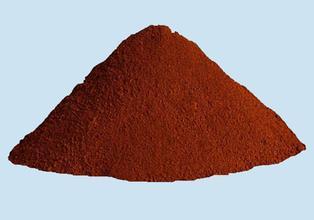In order to increase the amount of eggs laid by hens, some chicken farmers have increased the amount of vitamins they are fed. As a result, they have caused hypervitaminosis in laying hens, which in turn affects the growth and laying of laying hens. The addition of vitamins to the laying hens must be strictly adhered to the standard, and the increased dosage will cause harm to the laying hens.
The appropriate content of vitamin A per kg of feed for laying hens is 4000 international units. When the feeding amount exceeds the feeding standard, the hens may cause hypervitaminosis, which is manifested as depression or convulsions, decreased feed intake, no food when serious, and feathers fall off.
The appropriate content of vitamin D per kg of feed for laying hens is 500 international units. When the feeding amount exceeds the feeding standard, a large amount of calcium can be transferred from the bone tissue of the laying hen, and the absorption of calcium in the gastrointestinal tract is promoted, and the blood calcium concentration is increased, and the calcium is deposited on the arterial wall, the joint, the renal tubule, and the heart. And other soft tissues, clinical manifestations of loss of appetite, diarrhea, kidney stones, laying hens often die of uremia.
The appropriate content of vitamin E per kg of feed for laying hens is 5 international units. When fed too much, it can cause fat metabolism disorder in laying hens, leading to death from excessive fat or poisoning.
The appropriate amount of vitamin K per kilogram of feed for laying hens is 0.5 mg. When the feed is excessive, because it stimulates inflammation of the gastrointestinal mucosa, the chicken exhibits a sharp loss of appetite and squatting, resulting in a decrease in egg production and a serious discontinuation.
Name: iron oxide

Nickname: iron oxide
Chemical formula: Fe O
Molecular weight: 159.6882
CAS login number: 1309-37-1; 1317-60-8; 1332-37-2
EINECS login number: 215-168-2; 215-275-4; 215-570-8
Melting point: 1565.
Boiling point: 3414 degrees C
Density: 5.24 fand g/cm
Appearance: brown powder
RTECS number: NO7400000
Ferric Oxide,Iron Hydroxide Oxide,Ferric Iron Oxide Prowder,Ferric Oxide In Hydrates
Xi'An Lanzhiguang Fine Material CO.Ltd , http://www.lanzhiguangchem.com